
Kuwait’s sulphur boost
Kuwait is in the middle of a major overhaul and expansion of its refining capacity, as well as boosting LPG output and sour gas processing.

Kuwait is in the middle of a major overhaul and expansion of its refining capacity, as well as boosting LPG output and sour gas processing.
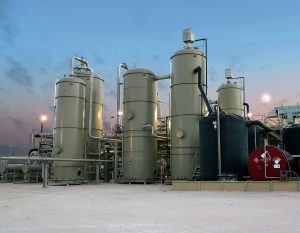
J. C. Bourdon, F. H. Brown and P. J. Photos of Streamline Innovations Inc. present the development and commercialisation of the Valkyrie™ process, which employs new chemistries and advanced control systems to remove H2 S from natural gas at size scales ranxging from single wells to entire fields, providing an operationally sustainable and commercially attractive alternative to standard H2 S removal technologies.

Middle East supply will return to normal at the start of the second quarter with bottlenecks in the UAE and maintenance in Saudi Arabia at an end. But this is unlikely to result in lower Middle East f.o.b. prices until the second half of April, if not early May. This is because buyers who found it hard to find March loading cargoes will snap up any April product as soon as it’s made available.
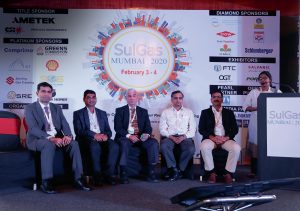
Now in its second year, SulGas 2020, South Asia’s only conference on gas treating and sulphur recovery, took place 3-4 February 2020 at the Novotel – Juhu Beach, in Juhu, Mumbai, India.
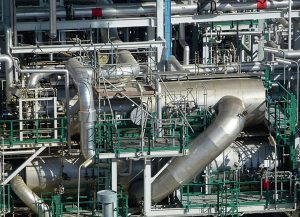
R. Kranenburg of Duiker discusses the latest applications of SCO units in refineries and petrochemical complexes. The SCO unit is typically integrated in the sulphur recovery unit and is intended for processing ammonia, while also treating the tail gases from the upstream SRU.
A complete listing of all articles and news items that appeared in Sulphur magazine during 2019.

The Sixth Annual MESPON Forum took place 7-10 October at the Rosewood Hotel Abu Dhabi, where the global sour gas and sulphur community gathered for four days of networking, learning, and collaboration. This year’s theme highlighted new trends, innovations and best practices in the field of sour gas processing that enhance operations.

CRU’s Sulphur + Sulphuric Acid 2019 conference was held in Houston last November.
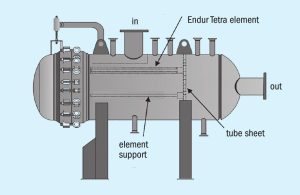
Hydrocarbon contamination of sour water streams feeding sour water strippers is a well-known challenge in the refining and gas processing industry. The source of this challenge is the formation of a stable oil emulsion in an aqueous phase that may contain both H 2 S and NH 3 . The typical approach to the problem involves large residence time tanks with the assumption that droplet settling will occur over a long enough time frame. In practice, droplet settling is very slow due to a variety of reasons, and as a result, operators encounter sour water heat exchanger fouling, stripper fouling, hydrocarbon excursions to sulphur recovery units along with other operating challenges. M. Thundyil, D. Seeger and E. McIntosh of Transcend Solutions present a case study of the TORSEP™ oil and solids removal system for contamination removal from a sour water feed stream. The case study illustrates the effect on heat exchanger fouling along with the effect of the variation of several system parameters on operating performance and economics.
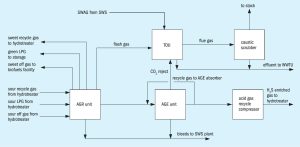
M. van Son and S. Sreejit of Comprimo present a case study involving the design and potential integration of the sour water and acid gas treatment units for a renewable diesel facility with an existing refinery sulphur complex. The case study evaluates the potential for operating cost reduction by integrating an enrichment loop in the acid gas treatment plant as well as for using the existing infrastructure of the refinery to limit emissions.